
Fortune News | Dec 15,2024
On a dusty road a couple of weeks ago, a lone little boy was trying to juggle a ball with his feet, a keepie-uppie. It was a sad sight.
I stopped to tell him that he needed to start with soft kicks to create a closer attachment of the ball with the legs and then progress to the shoulders and the head. It was something I could not demonstrate and referred him to elder boys.
Turning left to one of the cobbled alleys, I came across another 12 kids, in a tight space, scrambling with a ball. It was a testament to the popularity of the game in Ethiopia is what nearly every kid grows up playing. It was not always convenient to play though, as the boys demonstrated.
The space they were using was confined. It meant that they often locked horns with no movement, no room to pass or receive the ball. There was nothing to afford a kid the time to properly control the ball to move forward or backwards or make a pass and then freely move to receive. It was confusing as to who was playing whom as well.
I meddled and stopped the hassle, holding the ball in my hand, and gave a lecture about the need to reduce the team sizes. It was better that a third team be created to serve as a referee and get to play whoever wins the match between the remaining two. These are the laws of neighbourhood soccer most of us have lived by.
It is hard to say that all of this was the children’s fault though. There rarely are places where they can go and play, except the streets. Up until recently, there was a small field that served them well. But that has recently been fenced, after complaints about noise and dust. Neither were the neighbourhood folks happy that many people not known to that area would hang out there.
Every other space that does not have a house built on it or converted into a street is fenced for growing greenery. Vegetation is good, but it is barely looked after that one wonders if it was a good idea to kick out the kids.
It was as a result, thus that the most popular place for football has now become a single room across the street. Kids can go there and pay to play video games, usually soccer. It flaunts large screen TVs and some of the relatively new game consoles. It is a far cry from the boys playing outside or from decades back when I was a kid.
There was an open field on the left side of the road approaching Mexico Square. It was a scene of football for kids from all the nearby neighbourhoods. The main field was usually vacated for the older boys. We consoled ourselves with the corners, but it would get smaller by the day as more kids came to play. The fight for turf was another reason to shift to the fields around Addis Abeba Stadium.
That did not go well either. There was ample space, no doubt. But we soon found out why we were the only ones playing around there. The boys from Filwuwha, on the way to the National Theatre, used to make visits. Every time they came, they thoroughly emptied our pockets. If we did not get a beating, it was a great day.
But we eventually got to know each other, and the area would become like a second neighbourhood. Then and now, despite the enthusiasm for the sport, it was hard to find anywhere to play. It has been at the bottom on the list of priorities of the successive regimes of the country.
There were few purposely built fields in Addis Abeba then, and some with notable dedicated amateur coaches looking after the development of the youth. Such efforts are underway now as well. Most promising is the City Administration's push to make Addis Abeba’s public spaces more relevant to the segment that gives them part of their name, the "public."
This laudable effort can be better buttressed if it is complemented by developing spaces for amateur players, those where they have room to play and they are not harassed by the neighbourhood tough guys.
PUBLISHED ON
Jan 09,2021 [ VOL
21 , NO
1080]


Fortune News | Dec 15,2024
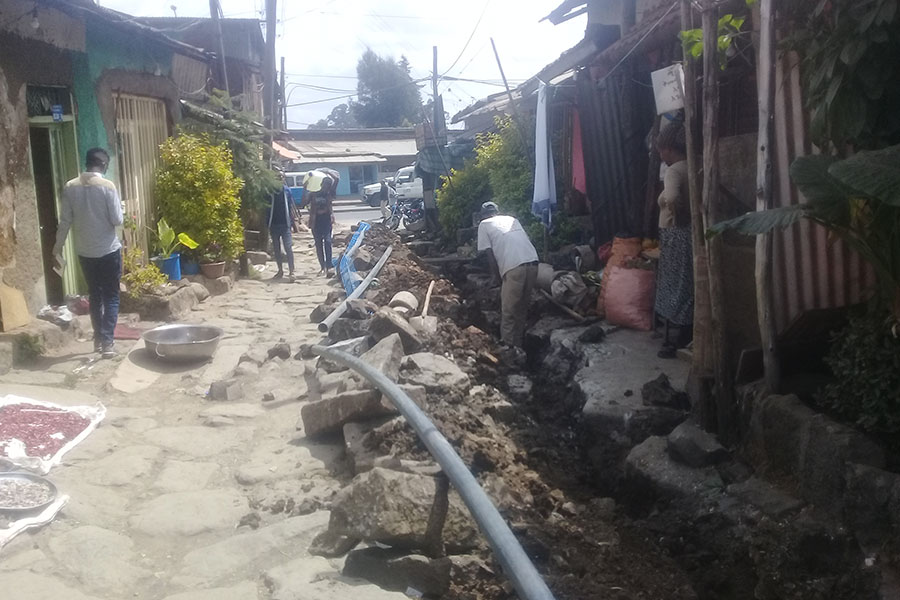
Radar | Jan 07,2022

Sunday with Eden | Jan 18,2020
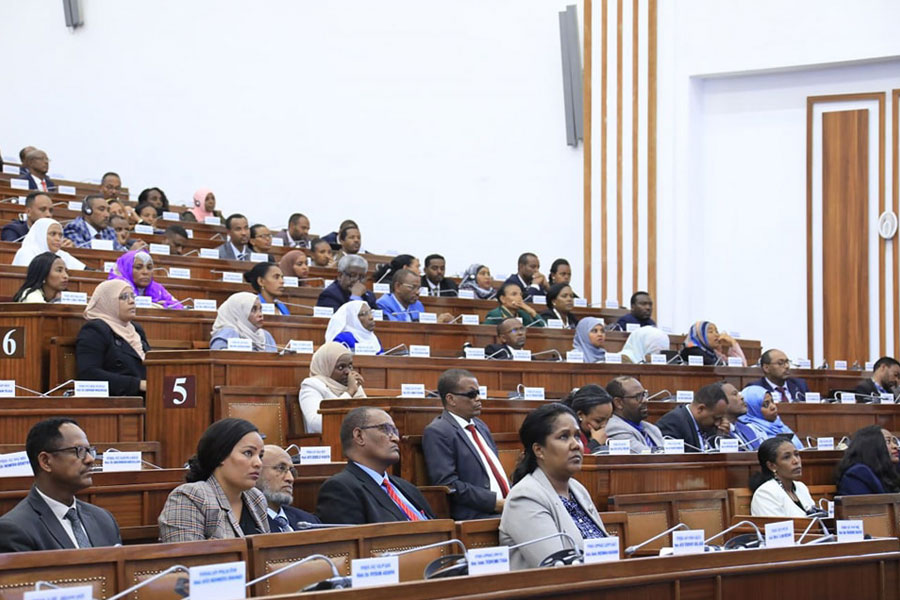
Fortune News | Jun 15,2024

My Opinion | Sep 27,2020
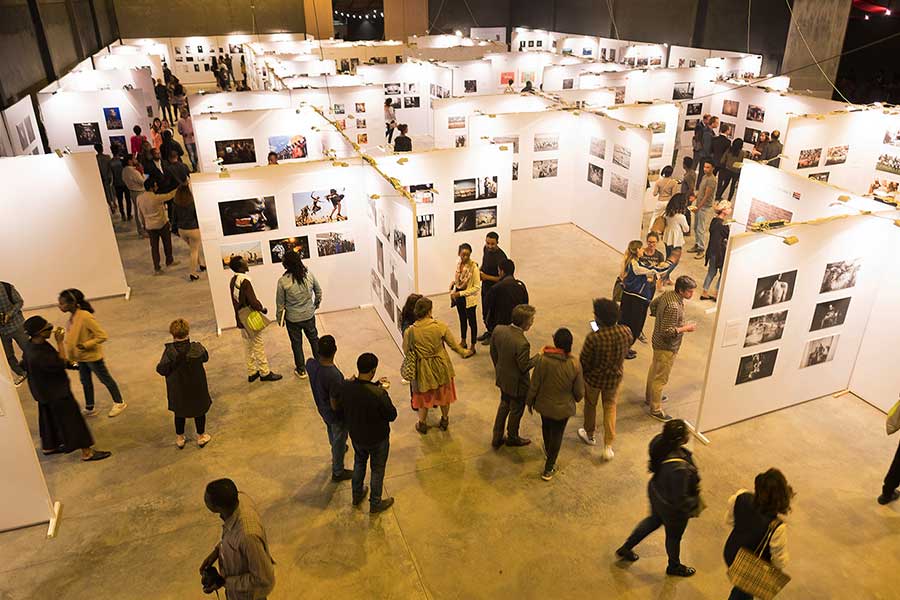
Featured | Dec 07,2019
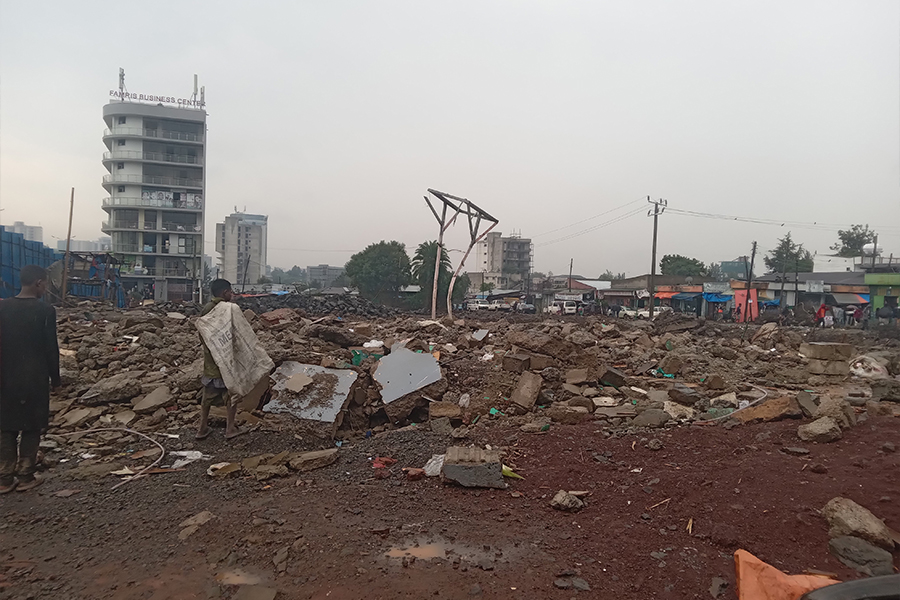
In-Picture | Jul 21,2024
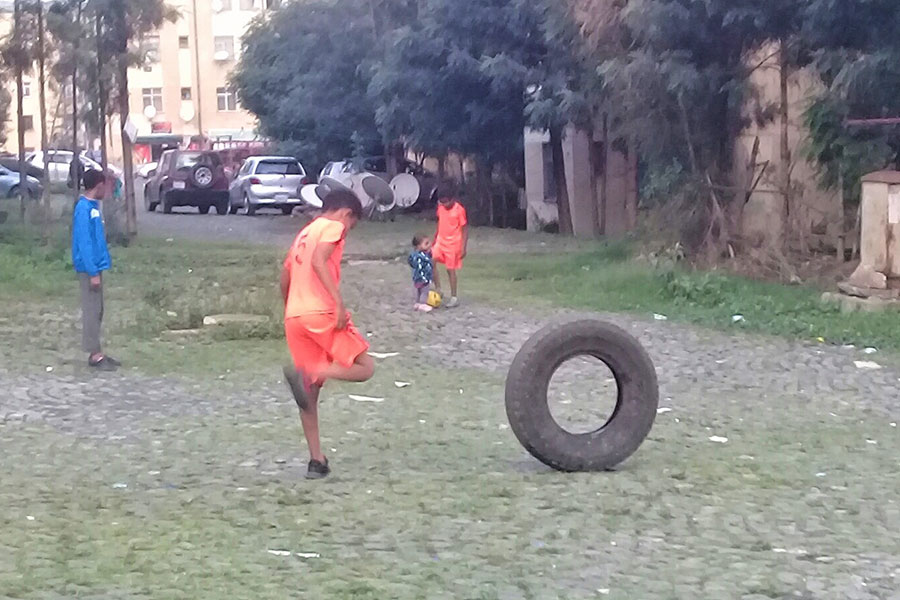
Radar | Jul 11,2021

Commentaries | Jan 05,2019

Radar | Feb 04,2023

Dec 22 , 2024 . By TIZITA SHEWAFERAW
Charged with transforming colossal state-owned enterprises into modern and competitiv...

Aug 18 , 2024 . By AKSAH ITALO
Although predictable Yonas Zerihun's job in the ride-hailing service is not immune to...

Jul 28 , 2024 . By TIZITA SHEWAFERAW
Unhabitual, perhaps too many, Samuel Gebreyohannes, 38, used to occasionally enjoy a couple of beers at breakfast. However, he recently swit...

Jul 13 , 2024 . By AKSAH ITALO
Investors who rely on tractors, trucks, and field vehicles for commuting, transporting commodities, and f...

Jun 28 , 2025
Meseret Damtie, the assertive auditor general, has never been shy about naming names...

Jun 21 , 2025
A well-worn adage says, “Budget is not destiny, but it is direction.” Examining t...

Jun 14 , 2025
Yet again, the Horn of Africa is bracing for trouble. A region already frayed by wars...

Jun 7 , 2025
Few promises shine brighter in Addis Abeba than the pledge of a roof for every family...